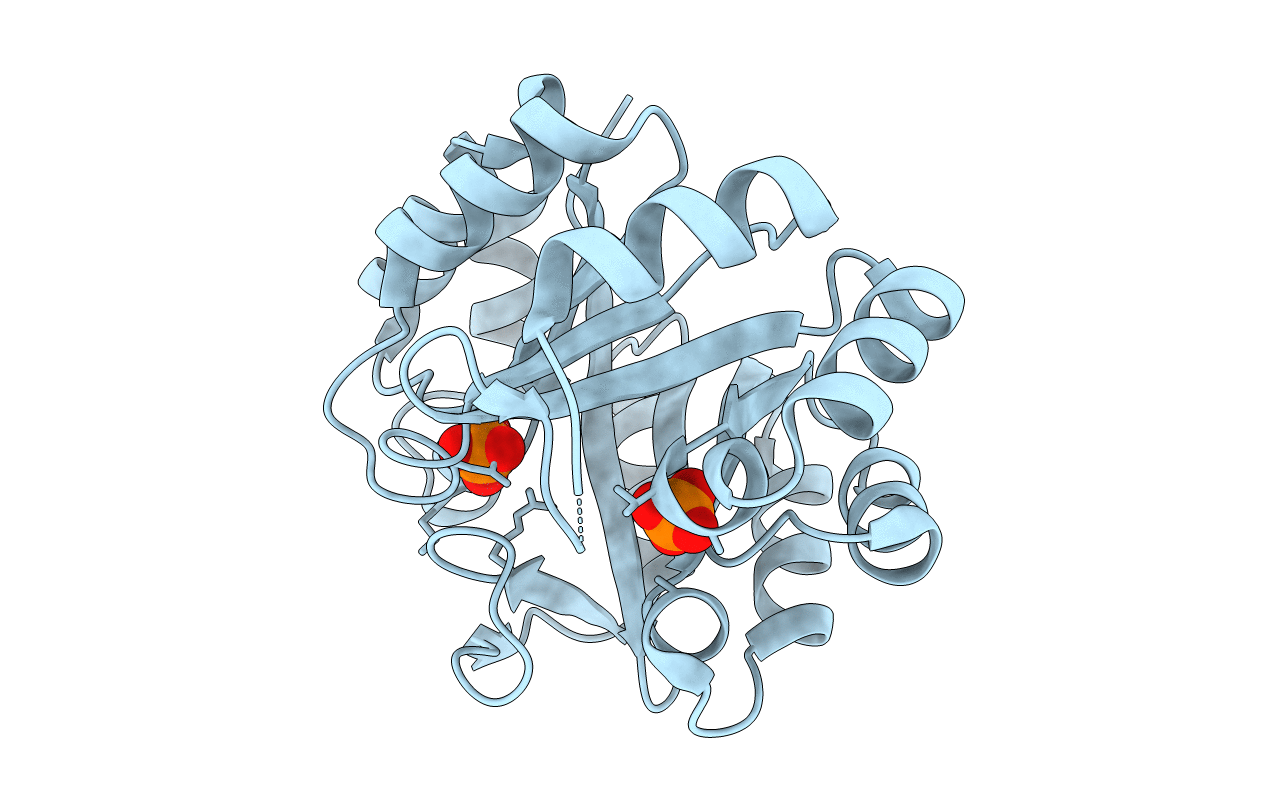
Deposition Date
2014-07-16
Release Date
2014-07-30
Last Version Date
2024-10-30
Entry Detail
PDB ID:
4U28
Keywords:
Title:
Crystal structure of apo Phosphoribosyl isomerase A from Streptomyces sviceus ATCC 29083
Biological Source:
Source Organism:
Streptomyces sviceus ATCC 29083 (Taxon ID: 463191)
Host Organism:
Method Details:
Experimental Method:
Resolution:
1.33 Å
R-Value Free:
0.15
R-Value Work:
0.12
R-Value Observed:
0.12
Space Group:
P 65 2 2


